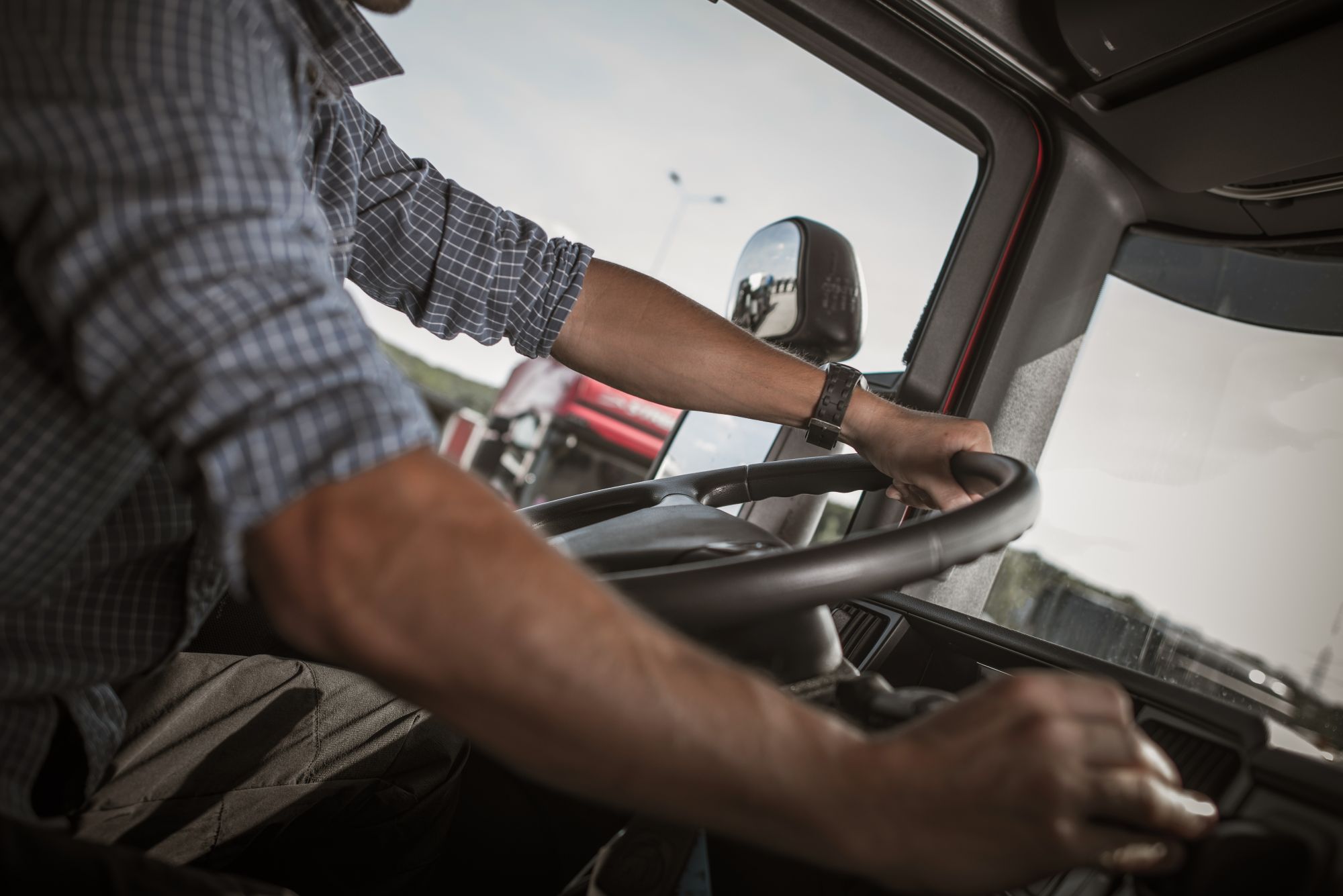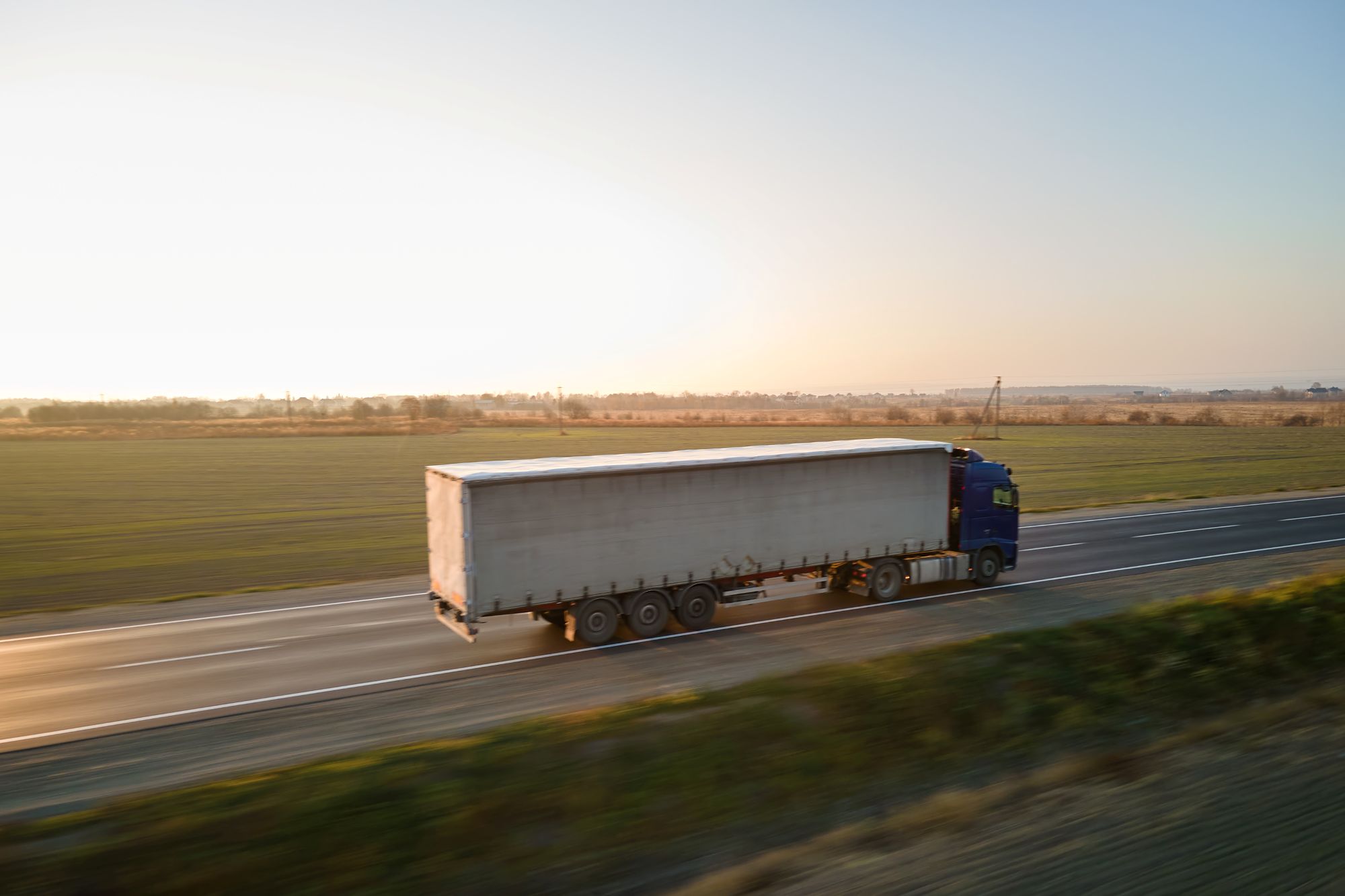
Guest
Druhá generace inteligentních tachografů: Co by měli manažeři vozových parků vědět
Vytvořeno: 28.10.2025
•
Aktualizováno: 28.10.2025
Odvětví silniční dopravy v Evropě prochází významnou změnou v souvislosti se zaváděním druhé generace inteligentních tachografů (Smart Tachograph Version 2, G2V2). Tato nová zařízení byla zavedena v rámci balíčku mobility EU s cílem zvýšit bezpečnost silničního provozu, zajistit spravedlivou hospodářskou soutěž a chránit práva řidičů.
Pro manažery vozových parků v EU - a ve Spojeném království pro ty, kteří provozují mezinárodní dopravu - je zásadní pochopit, co nový inteligentní tachograf v2 obnáší, jaké jsou termíny jeho zavedení a jaký bude mít dopad na každodenní provoz. Tento článek poskytuje praktický přehled funkcí G2V2, regulačních lhůt a provozních důsledků pro vozové parky.
Co je inteligentní tachograf druhé generace?
Chytrý tachograf druhé generace je modernizovaná digitální tachografová jednotka s rozšířenými funkcemi, která je navržena tak, aby zvýšila dodržování pravidel silničního provozu a zefektivnila jejich vymáhání.
Nový chytrý tachograf navazuje na první chytré tachografy představené v roce 2019 a přidává několik důležitých funkcí:
Sledování pomocí GNSS s automatickou detekcí hranic: Zařízení G2V2 využívají satelitní určování polohy (Galileo GNSS) k zaznamenání polohy vozidla při překročení státních hranic. To pomáhá prosazovat pravidla kabotáže a vysílání řidičů tím, že poskytuje přesné záznamy o tom, kdy nákladní vozidlo vjede do nové země.
Dálkový přístup k datům pro vymáhání práva: Nový tachograf umožňuje policistům bezdrátové načítání dat prostřednictvím vyhrazené komunikace krátkého dosahu (DSRC). Silniční kontroloři mohou na dálku získat informace o poslední době jízdy, poslední zastávce nebo případném porušení předpisů, když se blíží nákladní vozidlo. V podstatě mohou pracovníci vymáhající dodržování předpisů přistupovat ke klíčovým údajům z tachografu G2V2, aniž by museli zastavit vozidlo, což usnadňuje inteligentnější a jednotnější vymáhání dodržování pravidel týkajících se pracovní doby řidičů.
Tato možnost "dálkové kontroly" umožňuje úřadům předem vybrat vozidla, která mohou potřebovat podrobnější kontrolu, a omezit tak zbytečné zastavování řidičů, kteří dodržují předpisy.
Integrace s telematikou (rozhraní ITS): G2V2 obsahuje povinné rozhraní ITS s připojením Bluetooth pro bezpečnou výměnu dat se systémy třetích stran. To znamená, že telematické platformy vozového parku se mohou spárovat s tachografem a získat přístup k datům, jako je poloha vozidla, rychlost, činnost řidiče a dokonce i události vozidla (například použití brzd) v reálném čase.
Správcům vozových parků tato integrace nabízí možnost bohatších datových toků pro sledování dodržování předpisů a řízení tras a bezproblémové propojení informací z tachografů se stávajícím softwarem pro správu vozového parku.
Vylepšený záznam dat: Nové tachografy G2V2 zaznamenávají více informací a uchovávají je déle. Záznamy o činnosti řidiče nyní zahrnují 56 dní místo 28, což prodlužuje kontrolní období pro vymáhání a pomáhá provozovatelům s uchováváním údajů a audity. Nová datová pole navíc poskytují úplnější obraz o každé jízdě. Zařízení zaznamenávají místa nakládky a vykládky, zaznamenávají, zda vozidlo přepravuje cestující nebo zboží, a podrobněji zachycují události konfigurace a kalibrace. Tyto aktualizace společně podporují dodržování předpisů i plánování logistiky. Řidiči však budou potřebovat školení, aby mohli provádět nové ruční záznamy o místech nakládky a vykládky, protože tyto souřadnice se ukládají pro pozdější ověření.
Silnější ochrana proti neoprávněné manipulaci a zabezpečení do budoucna: Jednotky druhé generace jsou vybaveny vylepšeným zabezpečením proti neoprávněné manipulaci. Mají také aktualizovatelný software umožňující budoucí vylepšení. Kromě toho byly představeny nové karty ovladačů (karty ovladačů G2V2) s větší pamětí pro uložení dalších dat. Neexistuje žádný okamžitý zákonný požadavek, aby řidiči vyměnili stávající karty do digitálních tachografů, pokud jsou stále platné, ale jakmile platnost karet vyprší, budou nahrazeny aktualizovanými, aby bylo možné plně využívat funkce G2V2.
Aktualizace předpisů
Většina hlavních termínů pro tachografy již uplynula. Všechna těžká vozidla provozovaná mezinárodně v rámci EU nebo vjíždějící ze Spojeného království musí mít nyní namontován inteligentní tachograf druhé generace (G2V2).
Jediným zbývajícím milníkem je 1. červenec 2026, kdy se pravidlo rozšíří na lehká užitková vozidla o hmotnosti od 2,5 do 3,5 tuny používaná v mezinárodní dopravě. Historicky byly dodávky z pravidel EU o pracovní době řidičů a tachografech vyňaty, ale od července 2026 se jimi budou muset řídit i provozovatelé přepravující zboží přes hranice.
Cílem této změny je odstranit dlouholeté mezery a zajistit, aby řidiči menších užitkových vozidel dodržovali stejná pravidla pro dobu odpočinku jako provozovatelé nákladních vozidel. Správci vozových parků provozující celoevropské flotily dodávek by měli začít plánovat instalace již nyní a začlenit modernizaci do běžných servisních prohlídek nebo cyklů obnovy vozového parku, aby se minimalizovalo narušení.

Dopad na mezinárodní loďstva
Správci vozových parků s mezinárodním provozem si musí uvědomit, že dodržování těchto modernizací tachografů je nyní nezbytnou podmínkou pro přeshraniční silniční dopravu v Evropě. Pokud vaše nákladní vozidla cestují mezi zeměmi EU - nebo ze Spojeného království do EU - může nevybavení správným tachografem zastavit vaši činnost na hranicích.
Zde jsou klíčové body, které se týkají různých vozových parků:
Flotily se sídlem v EU (mezinárodní operace)
Jak bylo uvedeno výše, od srpna 2025 musí mít každé těžké nákladní vozidlo, které provádí mezinárodní jízdy v rámci EU, tachograf druhé generace. To platí bez ohledu na to, kde v EU je nákladní vozidlo registrováno. Vymáhání se provádí při silničních kontrolách nebo na hranicích. Nevyhovující vozidla mohou být stažena ze silnice, dokud nebude nainstalován řádný tachograf.
Hospodářské subjekty ze Spojeného království vstupující do EU
Britské vozové parky, které provozují mezinárodní jízdy do EU nebo v rámci EU, podléhají stejným požadavkům na tachografy, pokud provozují nákladní vozidla. Tato pravidla jsou totiž začleněna do smlouvy AETR, která upravuje silniční dopravu mezi evropskými zeměmi EU a zeměmi mimo EU. Ministerstvo dopravy Spojeného království sladilo vnitrostátní předpisy tak, aby odrážely časový plán EU pro mezinárodní jízdy.
Neprovedení modernizace neznamená jen pokutu - může znamenat, že váš kamion bude zastaven na kontrolním stanovišti a nebude moci dokončit dodávku. Úřady v zemích, jako je Francie, uložily pokuty až do výše 30 000 eur a dokonce i vězení za závažné porušení předpisů týkajících se tachografů. Další země jako Německo, Španělsko a Itálie mají vlastní přísné tresty. Kromě toho může nedodržení předpisů poškodit pověst společnosti.
Pozitivní je, že flotily, které dodržují předpisy, mohou těžit z hladšího prosazování. Například nákladní vozidla s moderními zařízeními mohou být díky dálkovým předběžným kontrolám zastavována méně často, což umožní řidičům dodržujícím zákony pokračovat v jízdě.
Účinky na blaho řidičů
Jedním z hlavních cílů nových právních předpisů o tachografech a širšího balíčku EU pro mobilitu je zlepšení pracovních podmínek. Automatizací evidenčních úkonů, jako jsou vstupy na hranice, a omezením nezákonného překračování časového rozvrhu pomáhá systém zajistit řidičům řádný odpočinek. Očekává se, že se tím sníží počet incidentů souvisejících s únavou a že vymáhání předpisů bude spravedlivější, což řidičům poskytne jistotu, že konkurenti dodržují stejná pravidla.
Dálkové vymáhání také znamená, že řidiči, kteří dodržují předpisy, čelí menšímu počtu zdržení na silnicích, což jim umožňuje dokončit jízdu s menším stresem.
Řidiči budou potřebovat školení, aby se přizpůsobili. Zatímco základy zůstávají stejné, nové funkce vyžadují ruční zadávání míst nakládky a vykládky a souhlas se sdílením dat s připojenými systémy. Pochopení těchto výzev - a způsobu reakce v případě poruchy - usnadní obsluhu.
Z pohledu vozového parku ukládají zařízení G2V2 dvakrát více dat (56 dní), takže stahované soubory budou větší a budou obsahovat více historie. Provozovatelé by měli zkontrolovat, zda jejich software tachografů a systémy pro ukládání dat zvládnou tento zvýšený objem.
V neposlední řadě se v souvislosti s technologií Bluetooth a online připojením začalo hovořit o ochraně osobních údajů. Kontrolní orgány mají přístup k údajům z tachografů za účelem dodržování předpisů, ale při sdílení s telematickými nebo řídicími systémy musí řidiči nejprve udělit souhlas. Správci vozových parků by měli řidiče ujistit, že se všemi údaji je nakládáno bezpečně a jsou používány pouze pro legitimní účely v souladu s GDPR.
Plánování dopředu
Chytré tachografy druhé generace se dotýkají všech částí provozu vozového parku, od dodržování předpisů a plánování tras až po pohodu řidičů. Proaktivní přístup vám pomůže udržet si soulad s předpisy - a maximálně využít nové technologie.
Zůstaňte informováni. Sledujte aktuální informace z oddělení Evropské komise pro mobilitu a dopravu a od průmyslových subjektů. Předpisy mohou být složité, ale oficiální shrnutí a často kladené otázky jsou dobrým výchozím bodem.
Školení vašich týmů. Pořádejte přednášky o nástrojích nebo opakovací školení pro řidiče a vedoucí dopravy se zaměřením na nové funkce, jako je vzdálené vynucování a ruční zadávání.
Optimalizujte své trasy. Živá data vám pomohou sledovat zbývající hodiny jízdy, upravit plány dispečinků a identifikovat trasy, které se často blíží limitům.
Vybudujte kulturu dodržování předpisů. Podporujte své týmy v tom, aby dodržování tachografů považovaly za součást správného řízení vozového parku, nikoli pouze za zákonnou povinnost. Uznávejte milníky, jako je nulový počet porušení předpisů, investujte do školení řidičů a ujistěte se, že všichni chápou, jak přesné údaje prospívají bezpečnosti a efektivitě.
Zavedení systému G2V2 přináší výzvy, ale také jasné výhody: přísnější prosazování, lepší údaje a spravedlivější pracovní podmínky pro řidiče. Pro vozové parky, které tuto změnu přijmou, je odměnou plynulejší provoz, vyšší bezpečnost a propojenější a kompatibilnější budoucnost na evropských silnicích.
Ve společnosti SNAP podporujeme vozové parky na celém kontinentu v další fázi digitální transformace. Prostřednictvím aplikace intruck si řidiči mohou předem rezervovat bezpečné parkování na svých trasách - zatímco portál SNAP umožňuje správcům vozových parků plánovat a rezervovat odpočívadla předem, čímž zajišťuje dodržování předpisů a chrání pohodlí řidičů. [Zaregistrujte se ještě dnes.] (https://snapacc.com/sign-up/)



